“Life with Autism has its own unique challenges, and I have spent years of my life investing countless hours to ensure my son progresses in every way. Adam is a happy 10-year-old boy on the Autism spectrum, nonverbal, and high elopement risk with no sense of danger. Based on his testing scores, his developmental age falls in the 12-18 month range, which is a significant delay in comparison to his real age. Adam requires assistance in his personal care, uses a device for communication, and requires supervision at all times while in the home and out in the community. He also has a lot of sensory needs and has aggressive self-injurious behaviors and major tantrums leading to property destruction.
Life for the first 5 years was very tough. It took years of work from the professionals working with him to get him to respond with a communication system. He initially started off with sign language, then PECS, and eventually on a voice output communication device. The journey was long and tough. Due to his sensory issues, behaviors, and frustration associated with being nonverbal, all aspects of his and our life as a family suffered. A lot of that had to do with me coming to terms with the Autism diagnosis, accepting it, getting the right support system around me, and really just dealing with the cards dealt to me. Adam was my first-born son, and getting an Autism diagnosis shattered me. Furthermore, his lack of progress in school and all types of therapies disheartened me. On top of all that, he had sleeping issues and dietary issues which made matters worse. Being an autism parent is tough, but being a career-oriented autism parent with lack of sleep for days is even tougher.
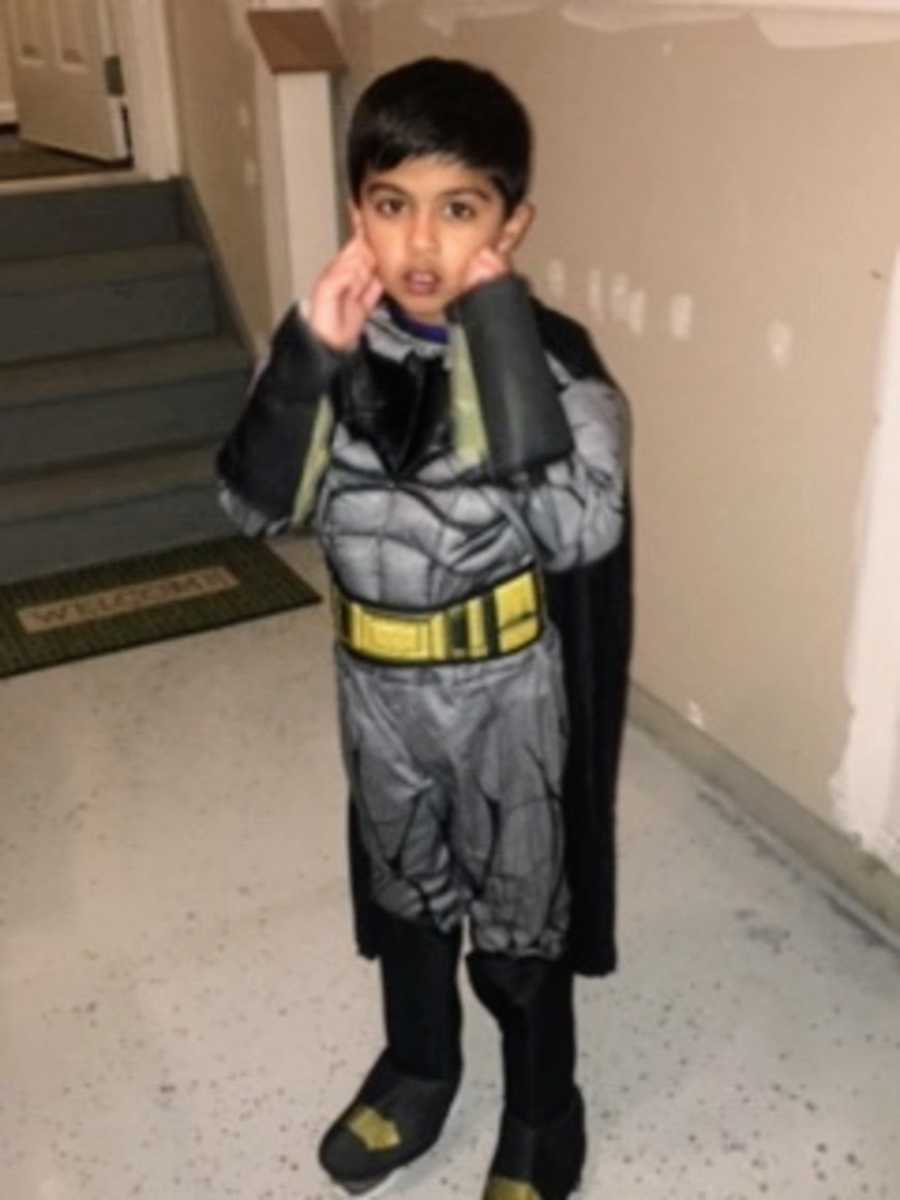
I knew something had to change. I knew I had to change to make everyone better. I started getting counseling, joining parent support groups, connecting with professionals, advocates, taking online courses doing tons of research, and going to webinars and training in our local community. Once I was in a good place emotionally and mentally, that’s when the magic began. I made it my life’s mission to make his life better and my mission statement was ‘Autism is not a disability, it’s a different ability.’ I am a fighter and a go-getter by nature, and I wanted to normalize my son’s different ability. I didn’t want anything or anyone to limit the things he could do. For me, anything is possible if you work on it and put your mind to it.
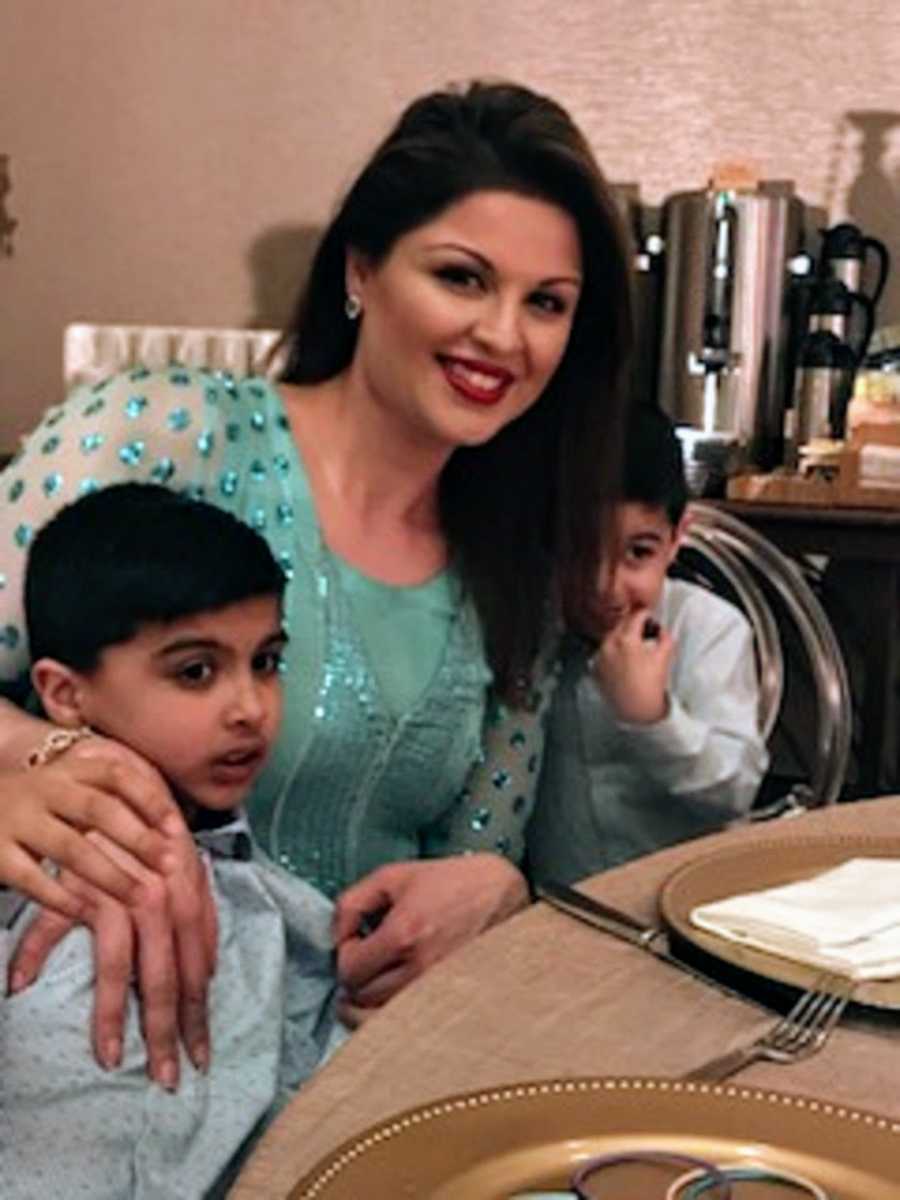
The last five years have been the best years of his life. He started making so much progress mainly due to intensive ABA therapy. Adam is a child made for ABA therapy. He enjoys the structured goal-oriented environment and one on one attention from BCBAs and RBTs. The collaboration between the ABA home team and the school team made things even better. Adam was in a productive and learning environment for all hours he was awake. We finally reached milestones such as potty training, independent eating, and self-help skills. His attention span increased, and his behaviors started to subside, which made being out in the community and having a social life possible.
He had intensive feeding therapy which helped him with his texture issues, and he finally moved from eating just Cheetos and nuggets to eating all types of food including fruits and vegetables. Once he had a breakthrough with eating, he started sleeping better and getting good consistent sleep also helped him perform and learn better in school and home. He started having a lot of success out in the community which was my goal #1 for him.
During the summer, we worked on building up his tolerance to attend summer outdoor concerts and festivals. He then started attending big weddings with 200+ people. Our cultural weddings are full of music, late-night parties, lots of colors, and singing, which can be sensory overload for autistic kids, but to my surprise, he was loving them. I and his caregivers made sure we implemented the behavioral and manding strategies we learned from his therapists at these events. We also started taking his independent ABA work activities with us to these events because they helped keep him calm when he was agitated. So my goal #1, which was having a somewhat-normal work and home learning environment, was achieved with him reaching his IEP and ISP goals, mastering his goals, eating well, working towards independence with self-help skills, and healthy sleep.
Goal #2 was involvement in extra-curricular and recreational activities. Often parents of special needs kids feel left out when parents of typical kids speak about the strides they are making. I always felt left out when I would hear the types of activities other parents did with their kids, whether that was soccer, basketball, karate, swimming, tennis, you name it. But again, I had to refer back to my goal ‘different ability.’ I was so patiently waiting for him to turn 9 so he could join Special Olympics, but I thought to myself, ‘Why can’t I get him to do one-on-one things typical kids do?’
My younger son started martial arts when he was 4 (and Adam was 9). In conversation with the owner of the school, he mentioned an instructor was moving to this location who had taught martial arts to special needs kids. I started Adam into one-on-one classes with him, and he was beyond amazing. It was so nice to see Adam attempt to break the bricks and punch and block. His instructor matched my energy when it came to the concept of inclusion. He invited Adam and me into family group classes several times and made Adam a part of their typical group classes. Adam loved the energy, and since he is a very visual learner, he learned a few moves from just being around typical kids and adults. I encouraged some parents in the community to join and had one more special buddy join our one-on-one and group classes.
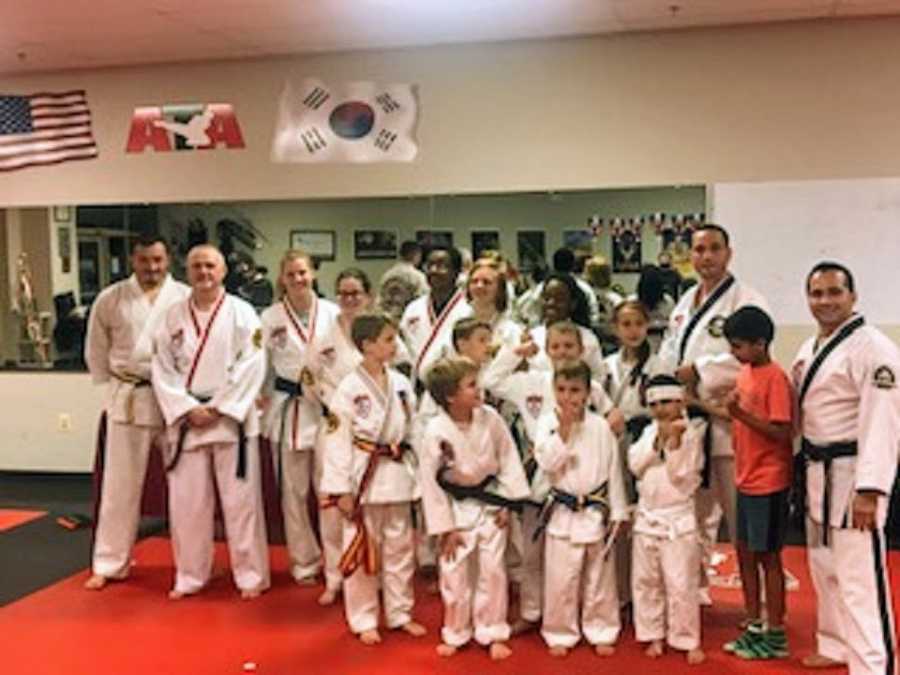
Adam also did one-on-one adaptive swim lessons, and we aimed for him to learn a few basic survival skills. Our goal was to teach him how to float and help him understand how to stay above water if he was ever in danger. The more Adam became independent and having better coping and behavioral skills the more brave and adventurous I became. These successes encouraged me to dine out more often, attend concerts and festivals, weddings, birthday parties, Target, grocery stores, and malls. We started spending the brutal winter of northern Virginia with trips to the indoor arcades, bowling alley, movie theatres, and indoor trampoline places.
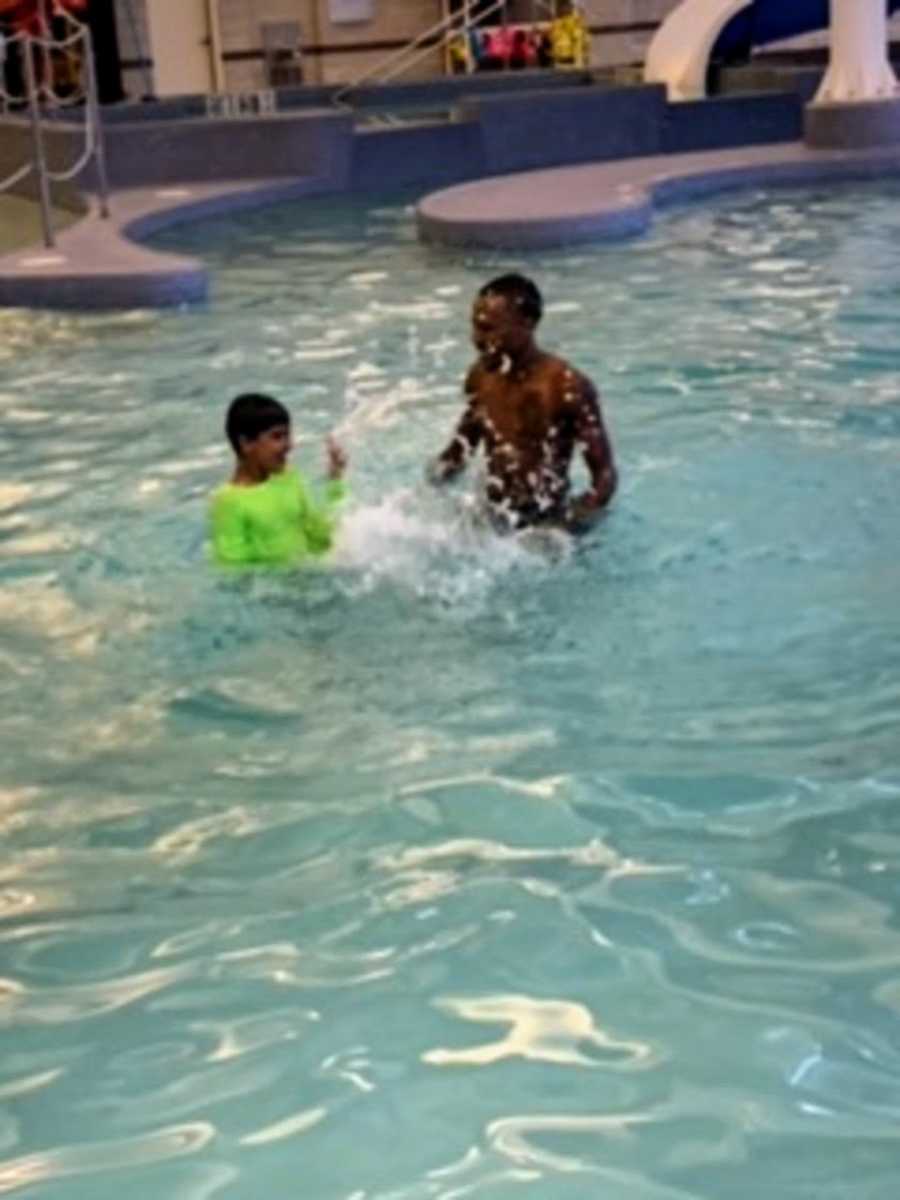
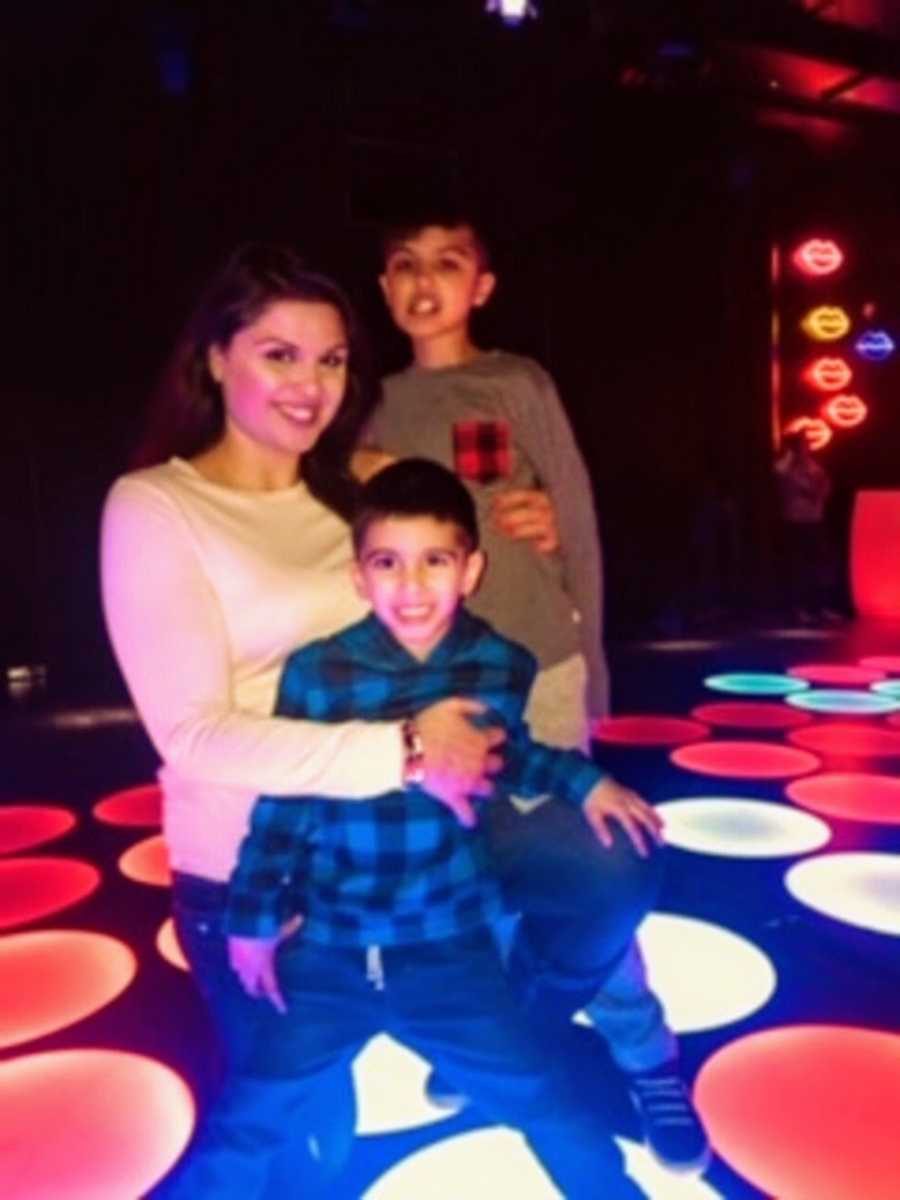
Before all the progress, winter used to be tough for Adam, and all we really did was spend time in the basement using his indoor trampoline or playing chase and car rides which weren’t enough to burn his energy. With all the amazing progress, we could finally do the things typical kids do in the winter. Being able to go to the movies was such a big plus for us. It was so tough to schedule movies around the sensory viewing slots and Adam being able to tolerate movies at the theatres made everything so easy. Finally, I was able to just pick a show to watch – of course with lots of edible reinforcers for good behavior, movement breaks, and a spot that allowed for an easy exit in case he started his high pitch vocalizations.
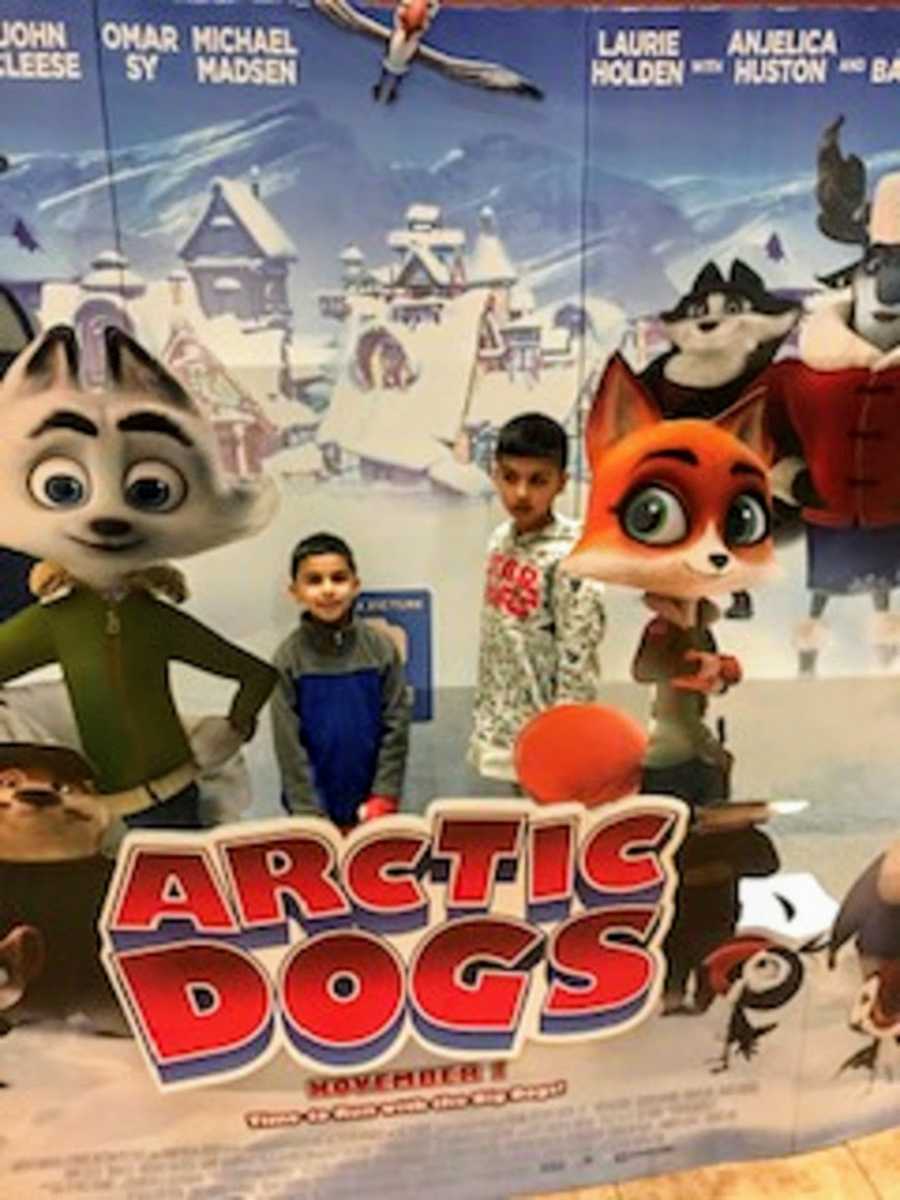
Goal # 3 was travel. I have traveled a lot, but I always had to leave Adam with his grandmother. I wanted to travel the world with my kids. With all this progress, we took 2 trips to NYC. I never wanted Autism to hold Adam back from having meaningful experiences in life. NYC can be a very overwhelming place for a typical person let alone someone with Autism. The first time we went there, I went with a lot of support (my family and his caregiver). I was aiming to only visit maybe 2 of the 9 places I wanted to see with him in NYC and we ended up doing all of them. It was a bold move to take Adam to NYC for Christmas.
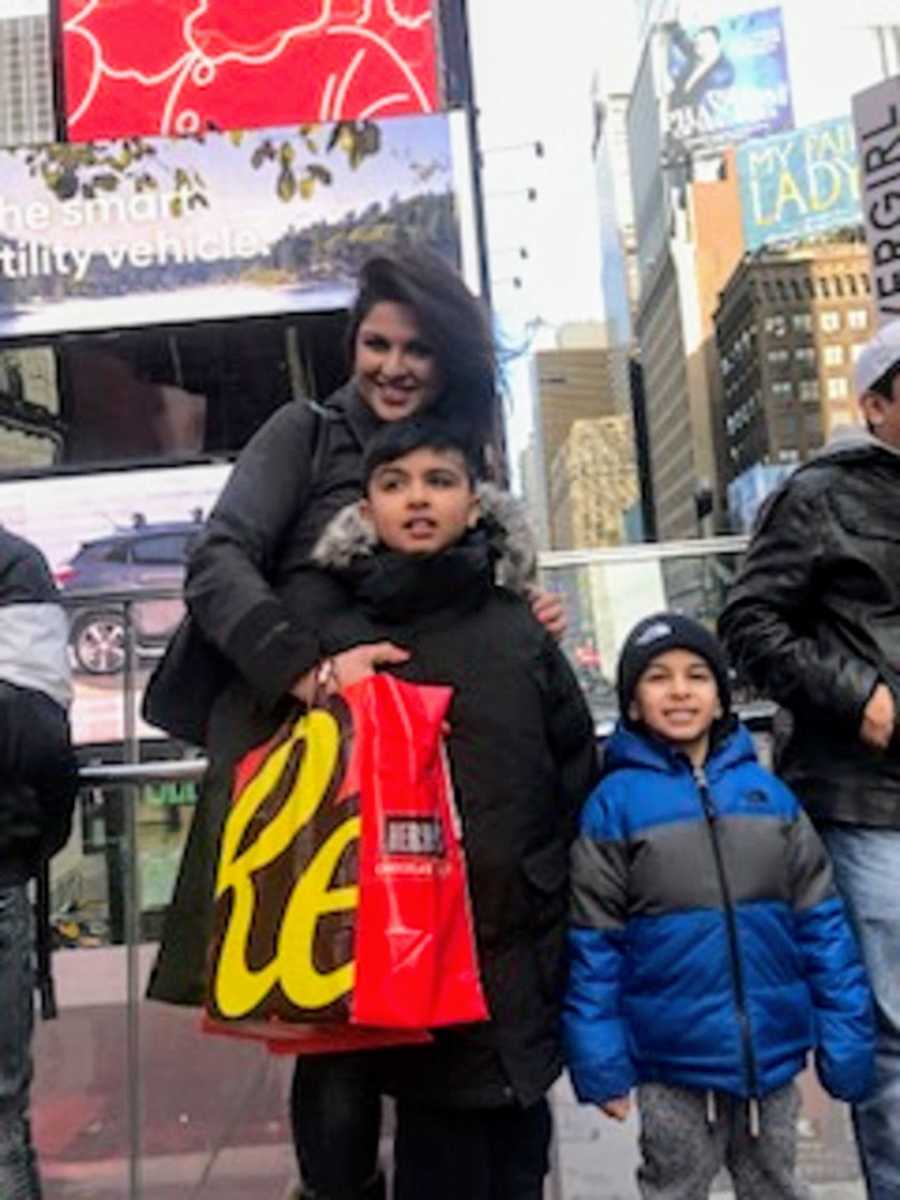
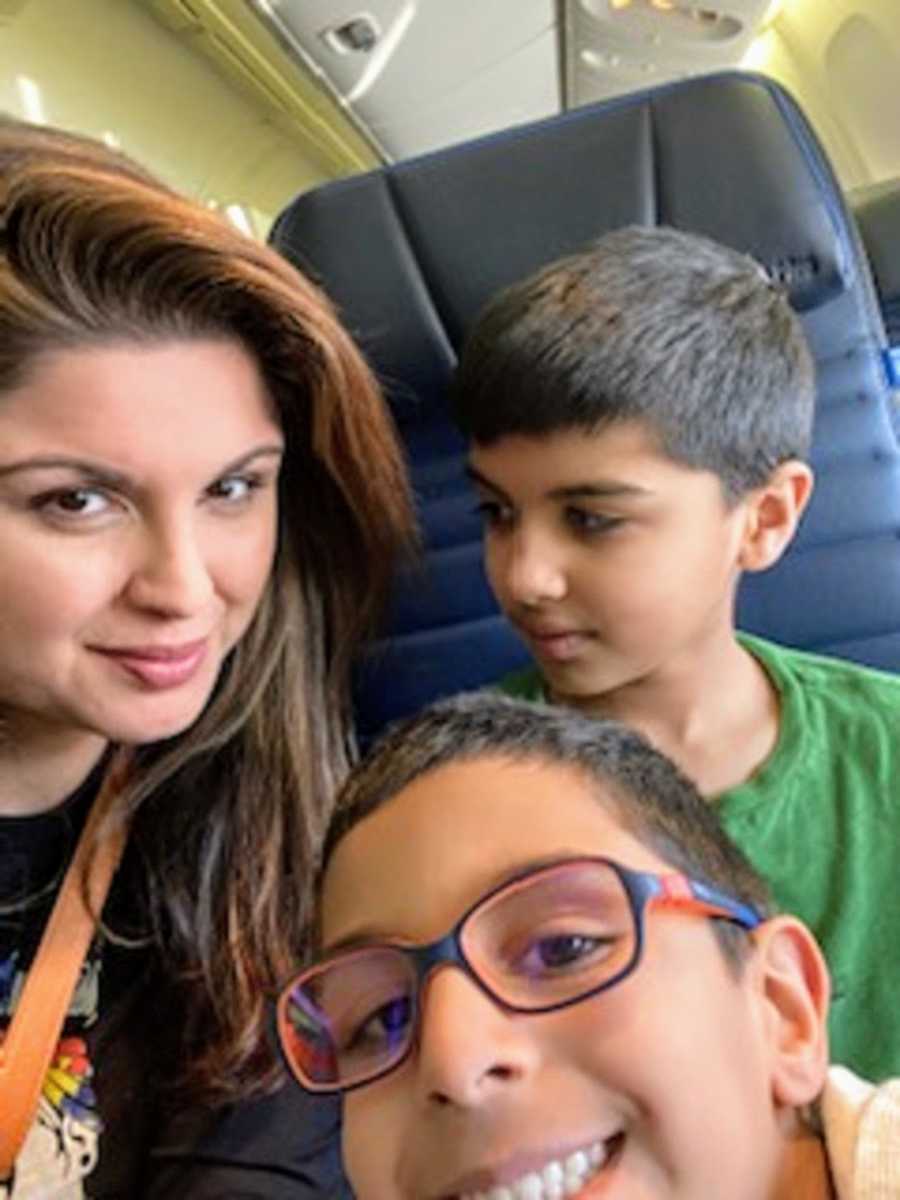
We did round 2 in February 2020, and this time I took both boys alone without any caregiver to visit my sister who lives right in NYC. Autism families often have to rely on many helping hands to take a vacation, however, I believe practice and planning ahead can make anything possible. Adam walked around Times Square and acted so mature. I saw so much growth in him physically, emotionally, and socially on this trip.
It was this trip that made me want to give kudos to myself for all my hard work. I felt like I was reaping the benefits of my hard work. We were able to visit the Hershey store, MnM store, and Disney store and eat at Planet Hollywood and other nice restaurants right in Times Square. We also went to Artechouse which was sensory heaven for Adam. This trip in February set the tone for the rest of 2020. I came back from this trip and booked 2 international trips and 3 trips to other states, and it felt like my dream of being a world traveler with Adam was now going to be a reality.
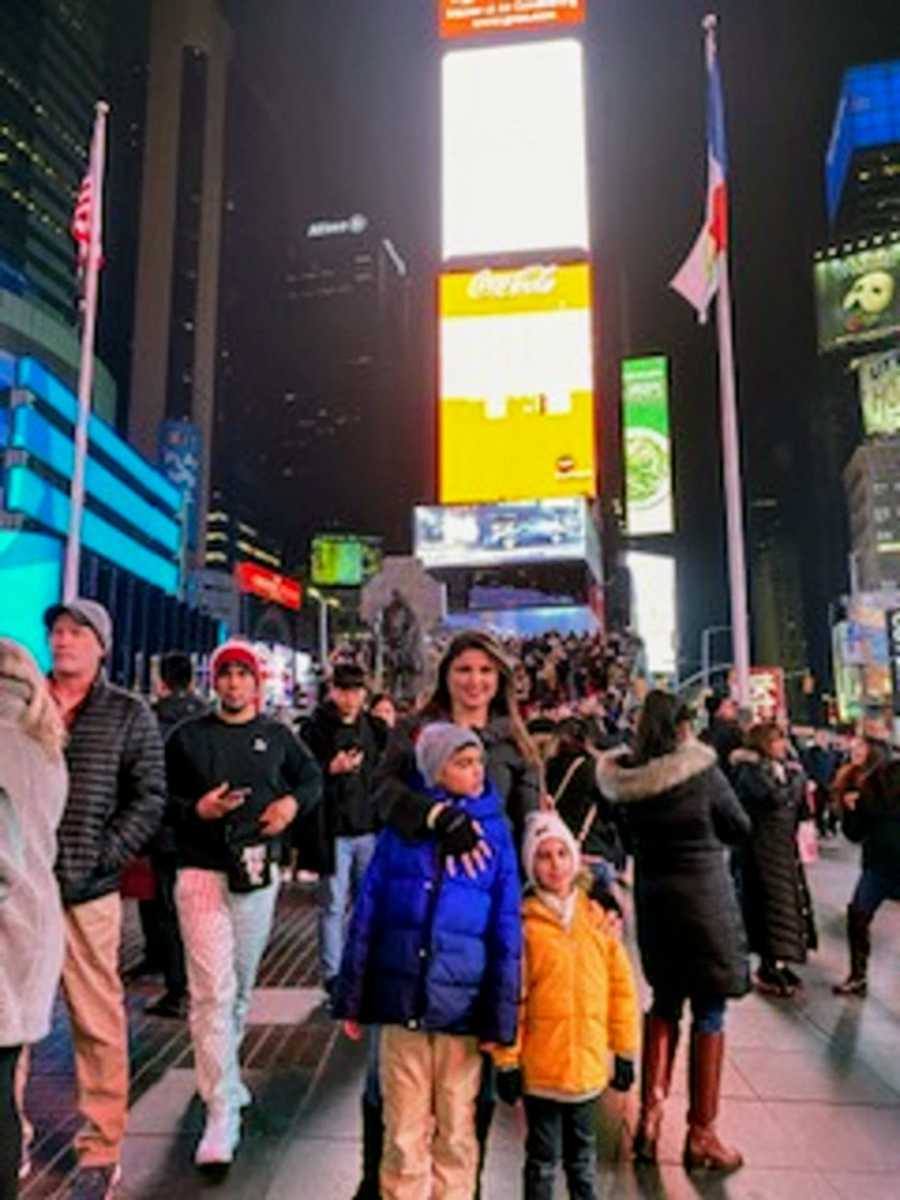
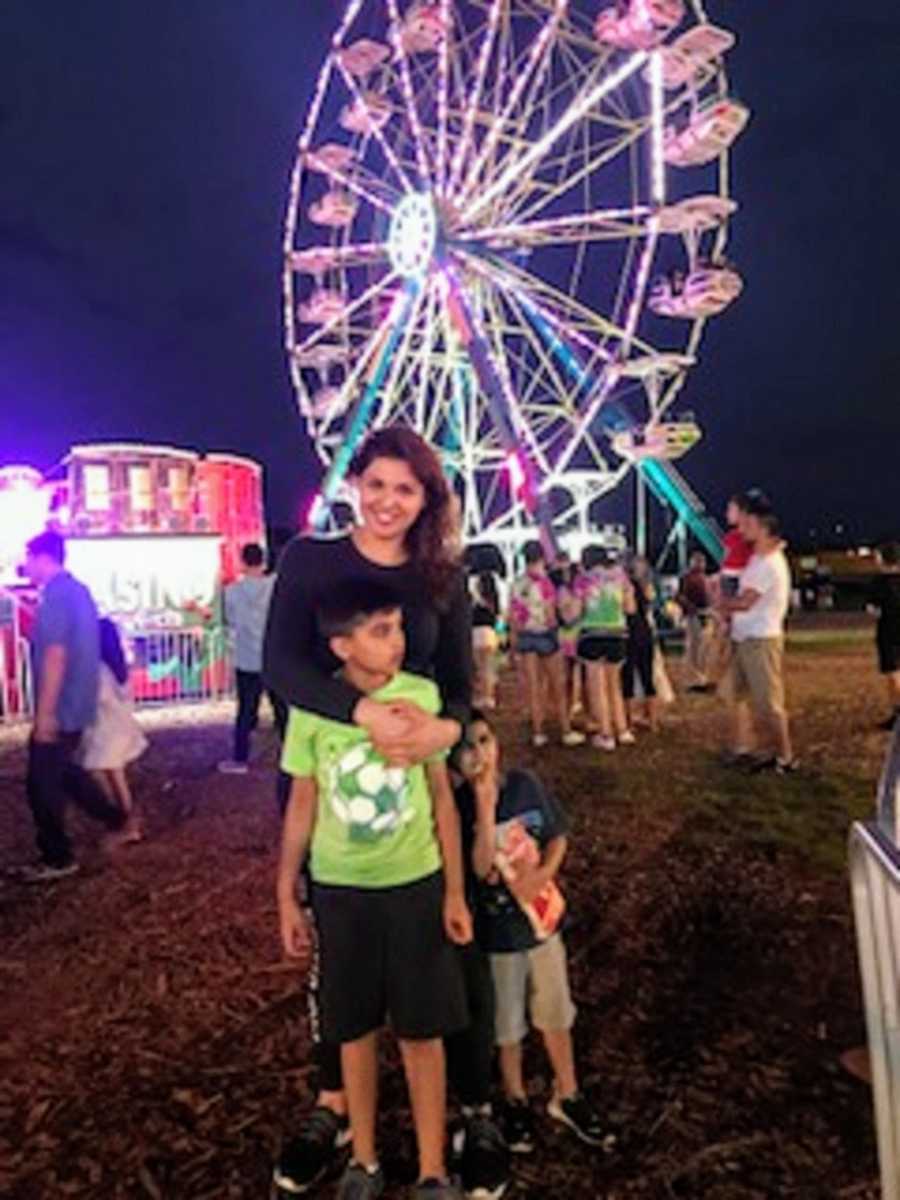
And then the unthinkable happened. COVID-19 disrupted our lives and caused so many complications. Being on lockdown was tough on Adam since he thrives on routines and dislikes uncertainty and restrictions. Everything came to a complete stop – ABA, school, extra-curricular activities, social groups, play dates with typical buddies, everything!! We couldn’t see our family, loved ones, friends, or social groups, and Adam regressed.
Once we got out of lockdown and his services resumed, we had to start with intensive therapy with double the number of hours and efforts we had put in previously. All the maladaptive behaviors we had worked so hard to extinguish came right back. COVID-19 changed the way I had to approach Adam’s skill-building and behavior management.
I had to add in goals in the development plan such as being able to tolerate a mask (wearing one himself and not pulling off masks from other people around him). We started working aggressively on a 20-second hand-washing routine and maintaining social distance when out in the community. As a result, we saw lots of crying, hitting, and aggression. Adam had such a strong sensory aversion towards the mask and found the elastic around his ear, mouth, and nose extremely annoying. Our daily schedule included 2-3 trips to a store to practice wearing a mask. Some days we couldn’t even make it out of the parking lot because he would fight us hard, but I was not ready to quit.
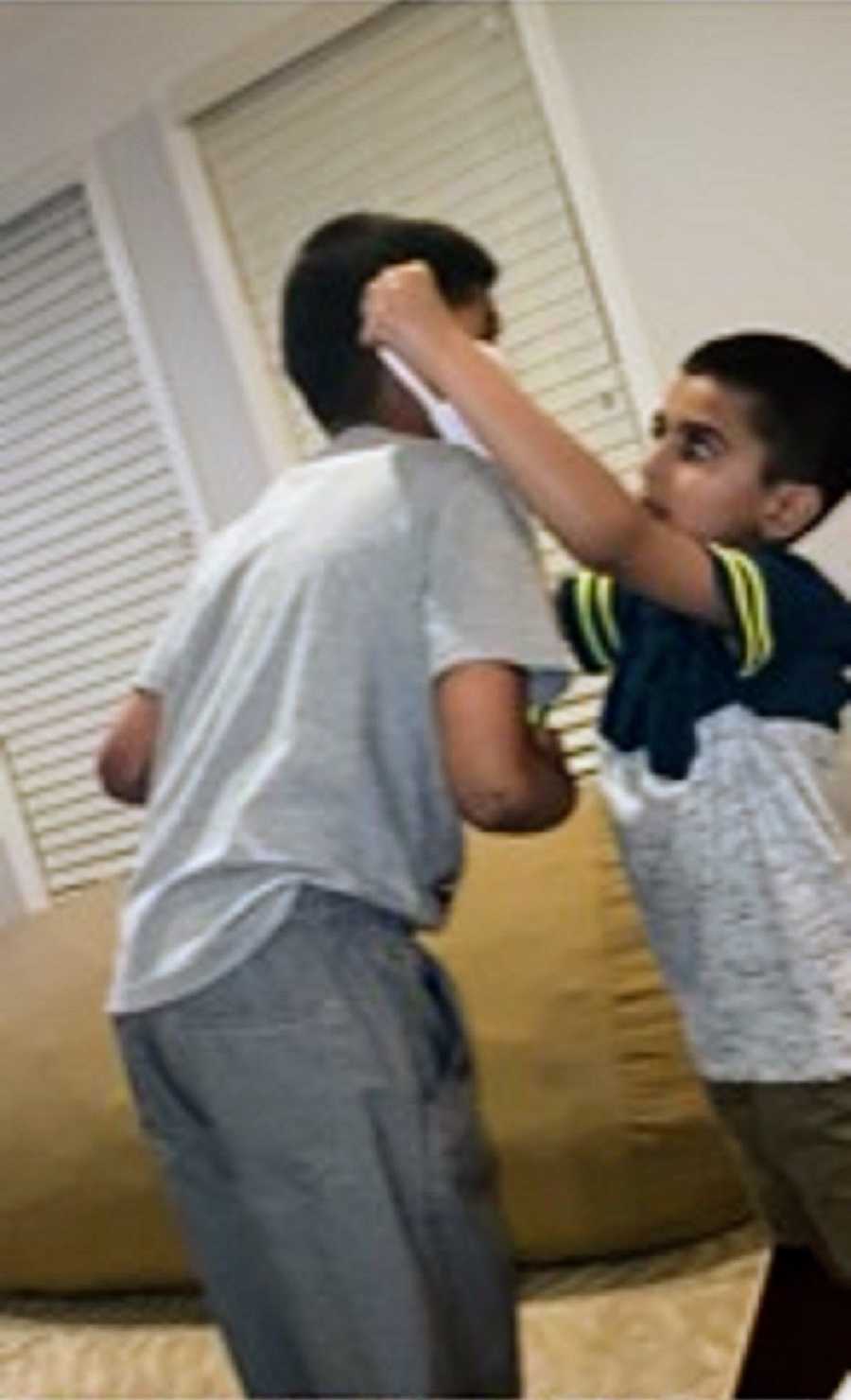
We paired the mask at the pool, grocery store, car wash, bike trail, and even at home. It was a step-by-step approach to build up his tolerance starting from him tolerating everyone around him wearing a mask to eventually him wearing it. It was not easy to wear a mask for 6-7 hours a day while he was having his therapy and even after hours for all of us. After weeks of hard work, we finally saw a breakthrough.
One night, I was sitting a little disappointed and watching my show, and Adam suddenly came up to me with his shoes, which is his usual way of requesting a car ride, and he also brought me his mask. He tried his best to put it on himself and finally handed it to me and brought his face forward. The weeks of practice finally sank in so he understood if he wears a mask, he gets to go out, just like he needs his shoes. I can’t express in words what that meant to me. There were so many days in those 4 weeks when I wanted to give up, and seeing the fruits of my labor made me forgot all the tears and aggression I got from him.

Once we had a breakthrough with the mask, we started to resume and explore our ‘new normal.’ Once we got into phase 2 and 3, things started to open back up. Even though we didn’t have our old life back, this new life was also very ideal for Adam in its own way and gave us the opportunity to try new things. You see, the new normal of social distancing, social etiquette of grocery shopping, mall, leisure skills such as the pool or dining out, or going hiking or camping is the ideal world of someone like Adam.
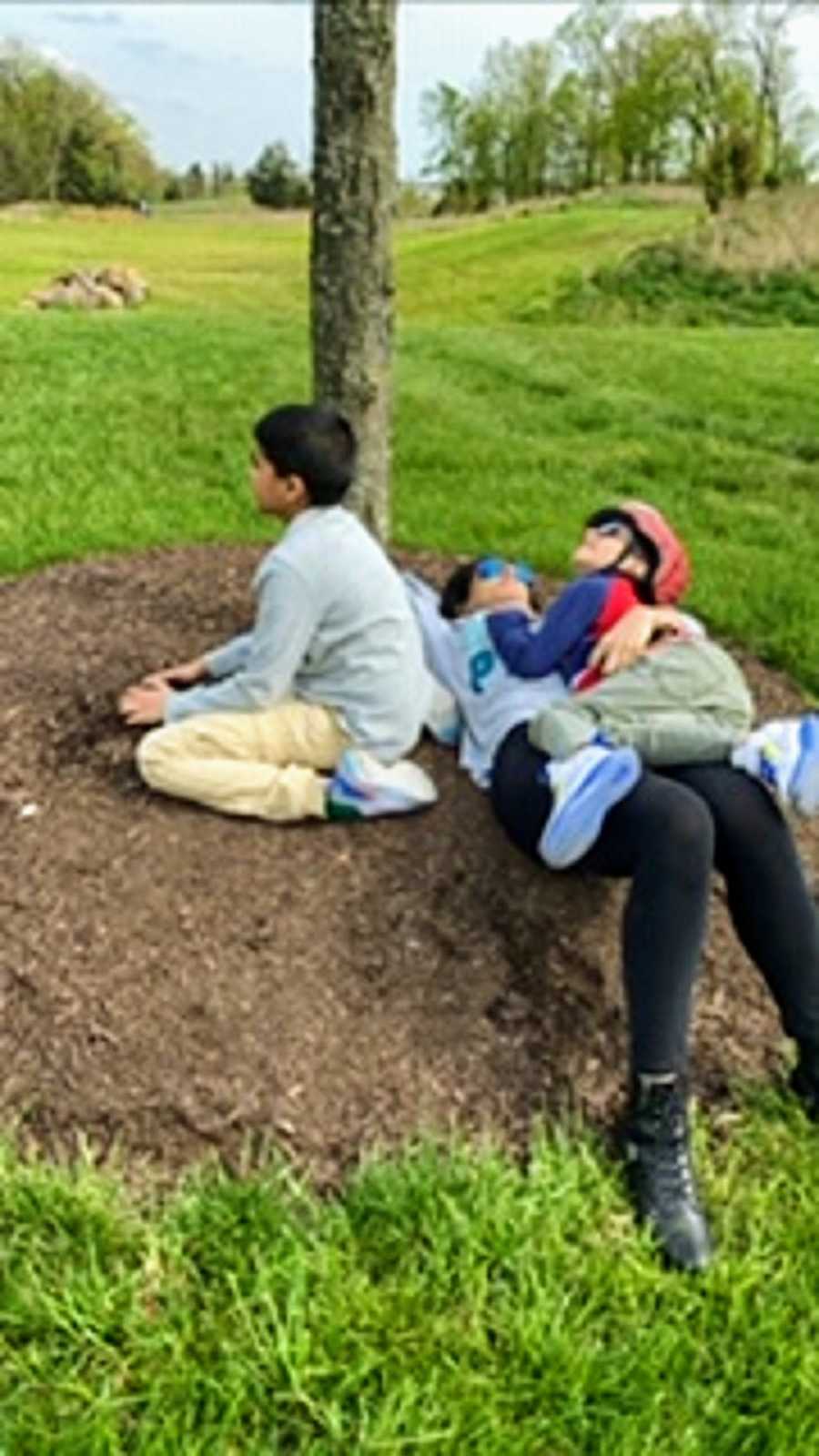
Pre-COVID, if we had to go dine somewhere, it took A LOT of planning. I always had to make a reservation, request a table away from the crowd, perhaps in a corner, only take Adam inside the restaurant once our table was ready because he on most days can’t tolerate a 30-40 min wait time. Going to crowded places like the pool was also a challenge. I always picked hours of the day with less pool traffic as Adam gets very excited in the pool, jumping and making high pitched vocalizations. When we went out in the community to practice life skills, it was hard to practice independence with him by asking him to help with groceries as often times he would have a meltdown as he struggles with two-step directions.
In COVID times, I feel like everywhere I go, there is nothing but enough distance and space which totally works in my favor. We now take trips to the grocery store in so much peace. Adam is able to spend 10 minutes in a particular aisle, and we are able to practice two-step directions with him, and people mostly wait until we are done and out of the aisle. Pools take reservations and are operating at 50% capacity, which means we can peacefully swim without worrying about him running into someone’s space. Dining at restaurants is such a pleasant experience because now if he has a meltdown, I don’t have to worry about getting a 100 stares. I have been so adventurous and taken him to Washington, DC to dine at some restaurants which Pre-COVID I couldn’t even imagine going to.

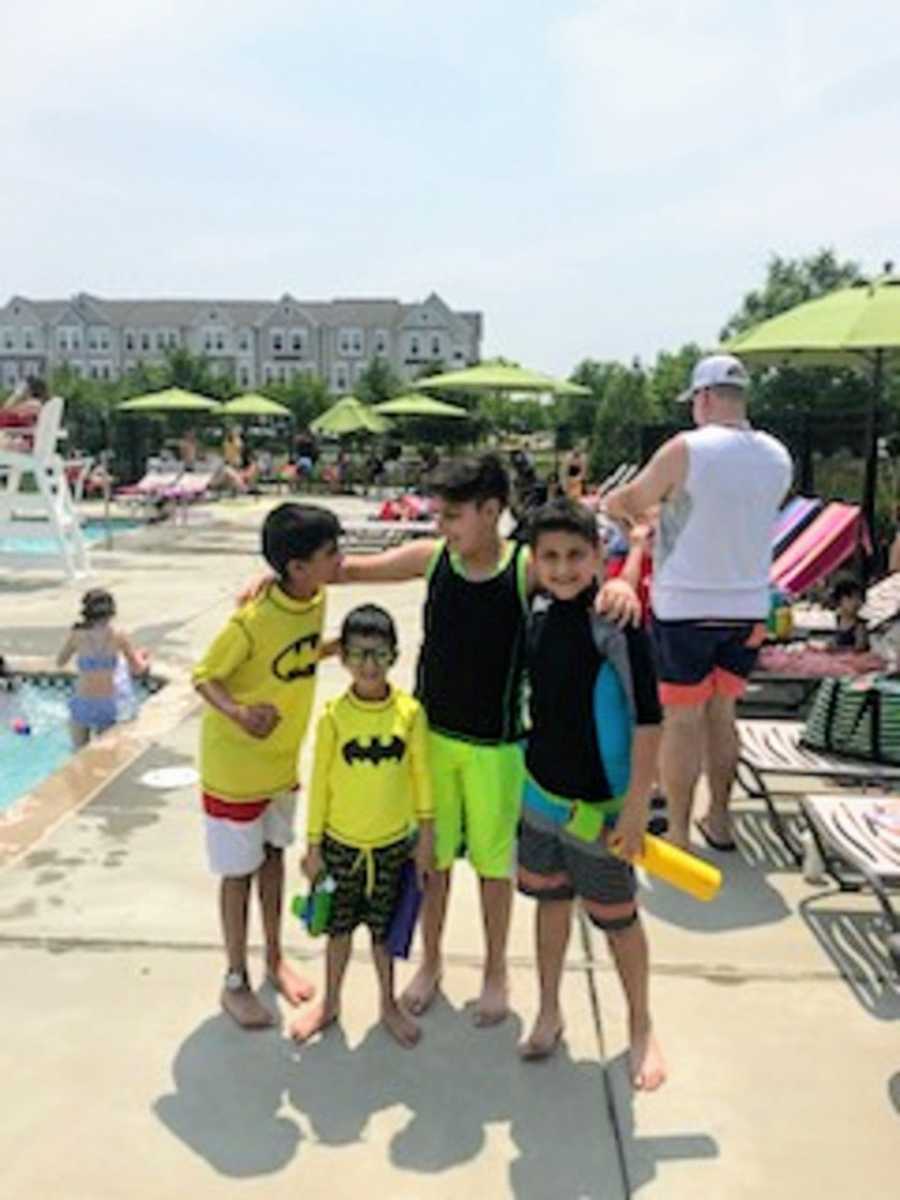
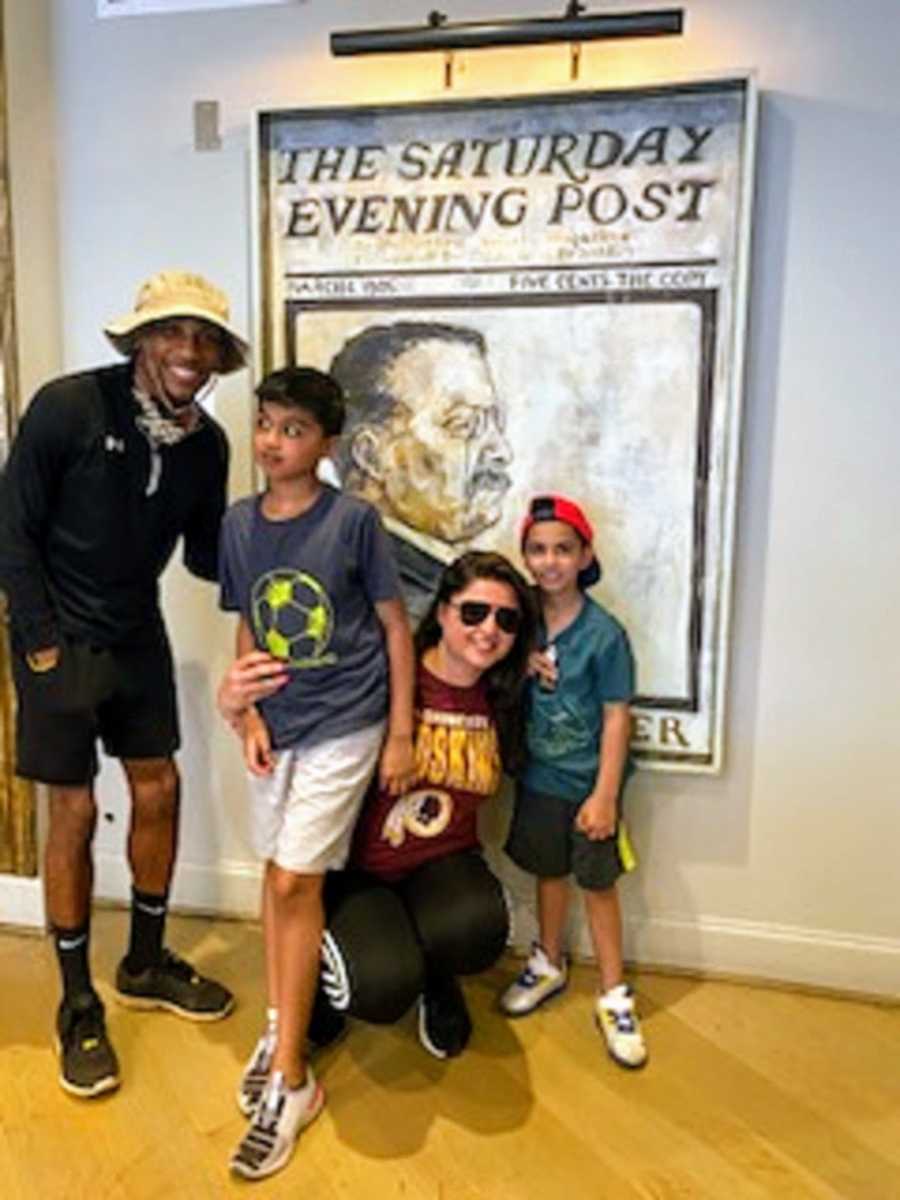
To all my special needs families, I want to give you some hope, and I want you to think of the positives of this pandemic for special needs families. I, like all of you, am also struggling with services being given virtually which don’t work for my son. I am also struggling with the lack of structure, not having one-on-one specialized help from the school system as we did Pre-COVID. I am also struggling with this hybrid school schedule we are offered and having nightmares about how I will manage it as a working parent. But I also know I am not alone, and these challenges are very difficult for us as parents and caregivers of someone with severe Autism. While we can’t control the school system, isolation, adjusting and learning from home, we can control how we will advocate for our children and how we can in the given situation still work on building their skills.”
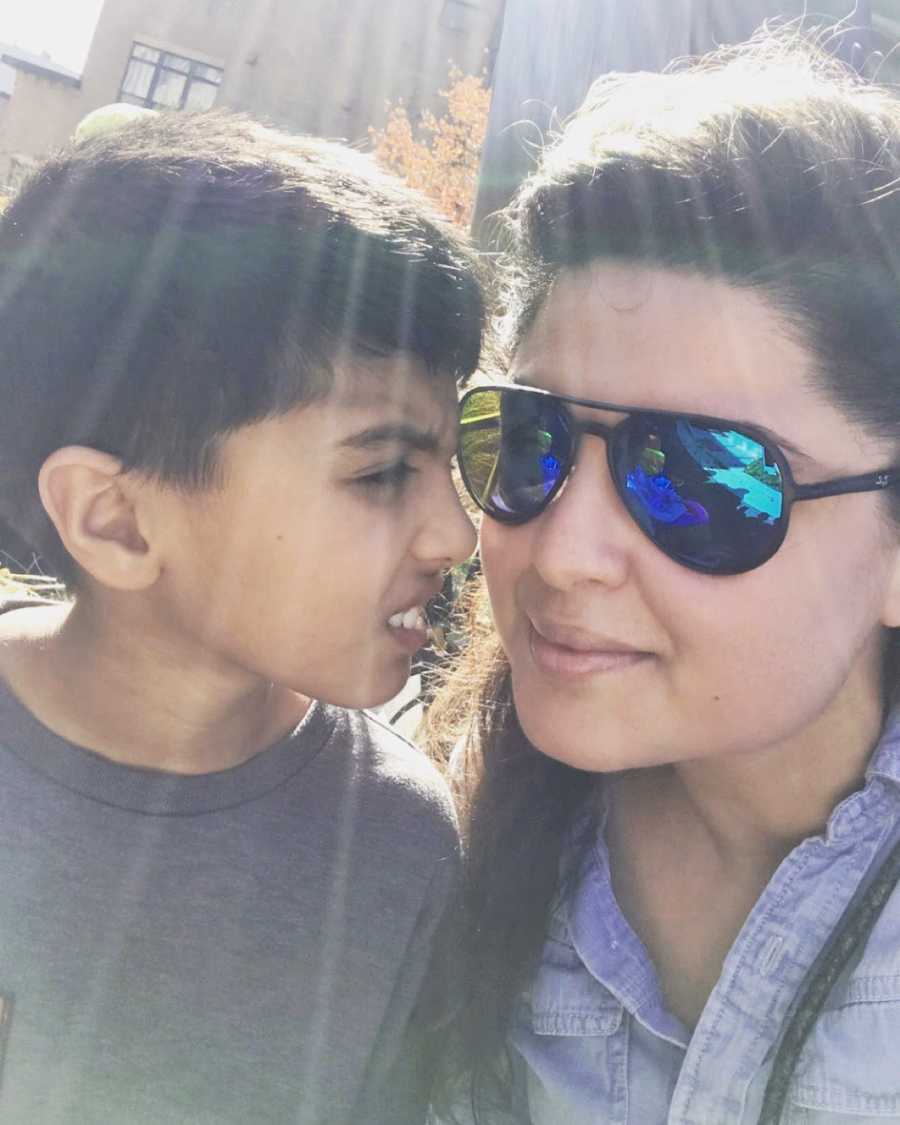
This story was submitted to Love What Matters by Mehwish Shaharyar. You can follow her journey on Instagram. Submit your own story here and be sure to subscribe to our free email newsletter for our best stories, and YouTube for our best videos.
Read more stories like this:
Do you know someone who could benefit from reading this? SHARE this story on Facebook with family and friends.




